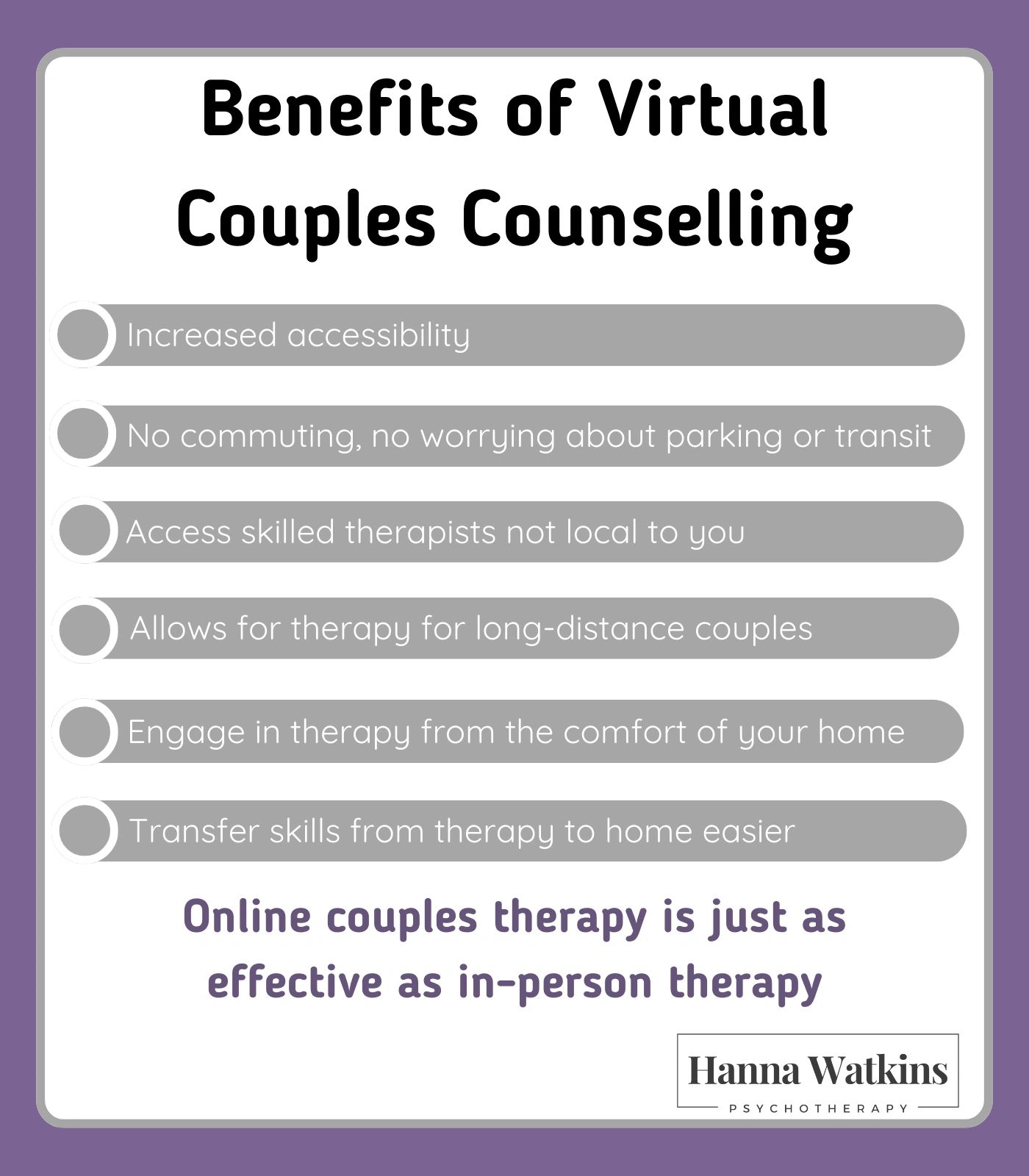Little Known Facts About Aim Point Counseling.
Little Known Facts About Aim Point Counseling.
Blog Article
6 Easy Facts About Aim Point Counseling Described
Table of ContentsExamine This Report on Aim Point CounselingWhat Does Aim Point Counseling Do?The Ultimate Guide To Aim Point CounselingAim Point Counseling for DummiesThe Only Guide to Aim Point CounselingMore About Aim Point Counseling
The longitudinal style involves a pre-treatment study and 2 follow-up studies at 3- and 12-months post-intervention. The research is embeded in 8 Relationships Australia Victoria centres, across urban, external suburban areas, and regional/rural websites. Relationships Australia, a non-government organisation, is the largest service provider of pair therapy and relationship solutions in Australia.
These high rates of partnership failure have actually been regularly associated with adverse health and wellness consequences for both grownups and children following divorce/separation.
Excitement About Aim Point Counseling
Longitudinal researches likewise recommend that kids of separation have a higher occurrence of psychological disorders, medicine and alcohol use, and dangerous sex-related behaviour [7] Although the effects of divorce and splitting up can be damaging, study suggests that high connection disharmony in undamaged pairs is also likely to have negative outcomes.
Furthermore, variables that affect the outcomes of these solutions need thorough investigation. Research study to date has actually identified both couple and private factors that may add to relationship discord. These include connection satisfaction and commitment at the couple level, and clinical depression at the private level. Robust research to evaluate relationship-enhancing interventions in the community are limited.
The Ultimate Guide To Aim Point Counseling
While a lot of research studies show renovations in partnership fulfillment adhering to couple therapy, they are limited by the examples and measures made use of, mainly temporary follow-up time structures, and evaluations that do not account for the dyadic nature of pair data - online counseling. Connection commitment, based upon procedures such as the Commitment Supply (CI) [19], is an additional typically checked out relationship end result.
To summarise, research shows that couple-specific variables as well as private variables may anticipate the results of pair coaching and connection services. The causal direction of these relationships, however, is less clear. These observations are necessary, because, to validate and lead the application of partnership services such as pair coaching, empirical evidence has to discover both the outcomes of partnership solutions and the factors that anticipate effective therapy.
As a result, there is a growing agreement that efficacy studies need to be complemented by performance research to best inform scientific technique [ 29] The limited effectiveness study that exists to day suggests that pair counselling can improve end results such as connection Get the facts complete satisfaction [33,43], interaction abilities and basic wellness [44], a minimum of in some European countries.

We presently recognize little regarding the profiles of couples that seek partnership education compared to those that look for partnership counselling, or the end results of these programs. Nonetheless, unscientific proof suggests that there might be significant distress amongst a minimum of some couples seeking connection education and learning. Relationship education programs differ from pair counselling as they are normally highly structured, conducted in groups, and concentrate on a combination of four parts; recognition, feedback, cognitive change, and skills training [45]
What Does Aim Point Counseling Do?
Responses entails participants completing surveys about their partnership (e.g. steps of social troubles), and obtaining details on what their ratings indicate. Cognitive-behavioural approaches promote altering cognitions to promote favorable partnerships.
These effects have persisted for up to 4 years in some researches [47] These meta-analyses highlight limitations in the current literature on relationship education and learning. Especially, the bulk of researches involved pairs from upper socio-economic histories that were not experiencing high connection dissonance [47,48] This example profile might not stand for customers who usually present for relationship education.
Unknown Facts About Aim Point Counseling

Really little study has analyzed the relative advantages of pair therapy and relationship education and learning programs. As customers are most likely to self-select right into these solution kinds, it is unclear whether particular relationship distress profiles present per service type, or undoubtedly whether there is an interaction in between providing account, service type and end result.
(https://anyflip.com/homepage/vwzsc#About)
Therefore, we have included a 12-month follow-up to determine longer-term trends and results.
We suggest to use multi-level analytical modelling treatments that control for the inter-dependence of couple data to examine any therapy results. The details goals of the ECC research are to: 1. Map accounts of clients looking for community agency-based couple coaching vs. relationship improvement programs in terms of socio-demographic and relationship indicators (such as relationship fulfillment, connection commitment, interpersonal problems, and factors for attending), in addition to health and wellness (such as depression, general wellbeing) and health solution usage (eg.
Establish whether pair therapy and connection education and learning services boost three- and twelve-month end results for relationship fulfillment, commitment, and clinical depression, using statistical evaluations ideal to combine data. porn addiction. Determine the relative contributions of client aspects (individual and couple) and therapy/education elements to outcomes at 3- and 12-months, and to sustainability of results over time.
Indicators on Aim Point Counseling You Need To Know
Multi-level modelling to determine pre-post differences, managing for dyadic (pair) level. To contribute to the literary works evaluating the efficiency of community-based pair therapy. The outcomes will assist clinical decision-making in community-based partnership solution setups, and specialist training. 3. To identify the loved one contributions of client/couple and treatment variables to outcomes at 3- and 12-months, and to sustainability of results in time.
Report this page